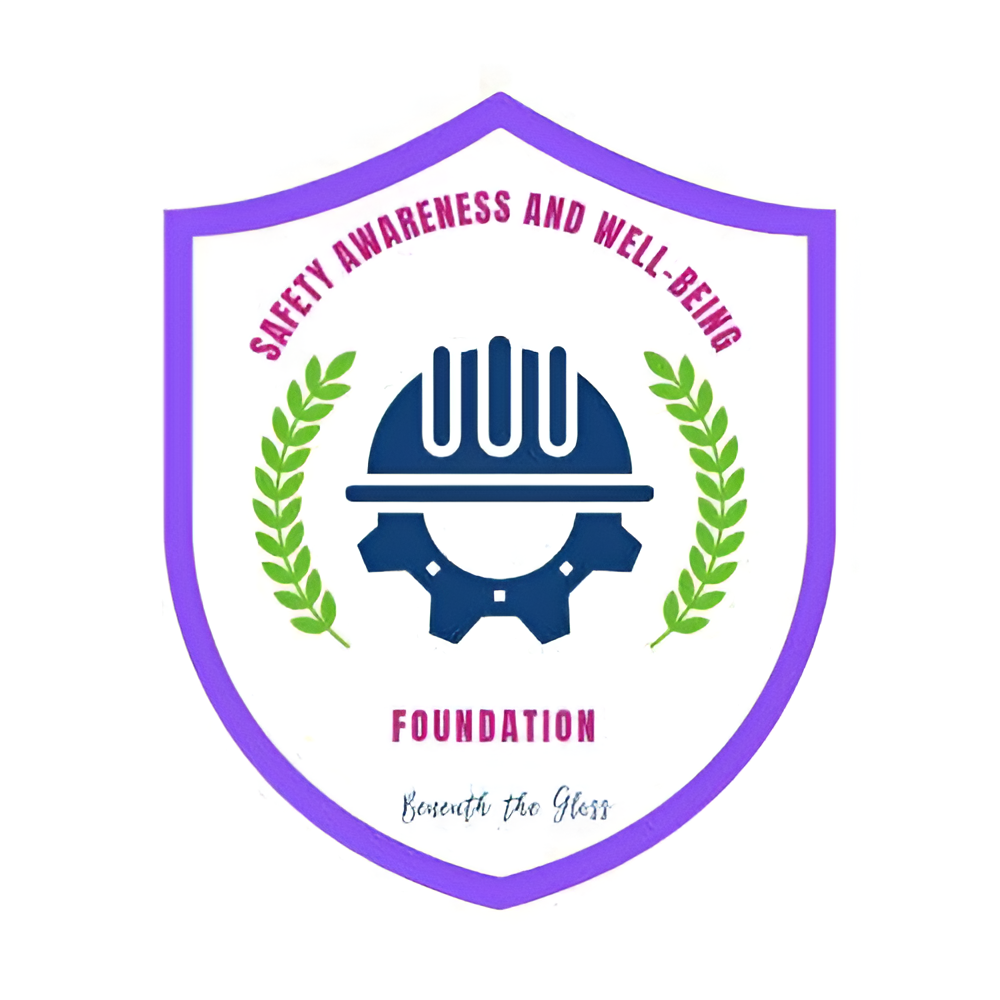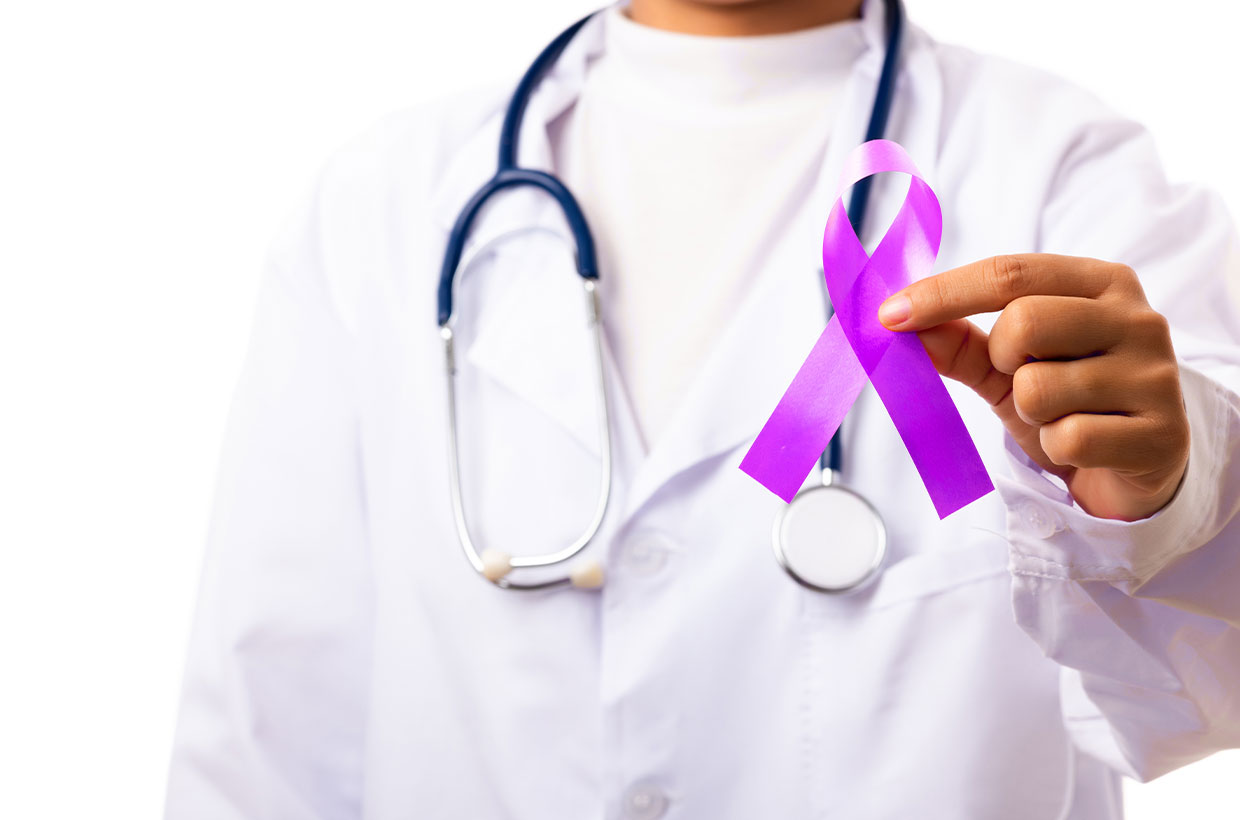It’s breast cancer awareness month. As October winds down, it gives us another opportunity to continue conversations about breast cancer and how to take care of ourselves in order to minimise, if not do away with, the chances of being afflicted with the disease.
It is no news that breast cancer is the most common type of cancer affecting women globally with a prevalence of 1 in 8 women. Black women also have a higher risk of developing the disease genetically. Other risk factors such as increasing age, weight, and family history have also been linked.
Unfortunately, women without family history including those adopting healthy lifestyle practices have been known to come down with the disease. Teenage girls have also been diagnosed with breast cancer. Men are not left out in this scourge. According to WHO, approximately 0.5% of breast cancers also occur in men.
Despite Breast cancer awareness campaigns, many women, especially the uneducated ones in the rural areas, are diagnosed with breast cancer at the late stages, thereby reducing their chances of survival.
Preventive options
Lifestyle modifications such as avoiding smoking, alcohol, sedentary lifestyle and eating a balanced diet are some of the ways to prevent the disease.
Early detection is an advantage. Thus, if detected within the early stages (stage 0, I & II), breast cancer has a better prognosis than later stage cancers (stages III and IV) which have a higher mortality rate.
Public health education, strengthening our primary healthcare facilities and referral system, self breast examination, light scan and mammograms are some of the strategies towards reducing the incidence of breast cancer in the population.
Universal accessibility to healthcare is vital in improving the diagnosis and treatment. It is hoped that rural areas and uneducated women are not left out in the efforts by government and NGOs to reduce the incidence of the disease within the population.
#talktoawomantoday #doaselfbreastexaminationtoday #mamogramtest #breastcancer #communityhealth

